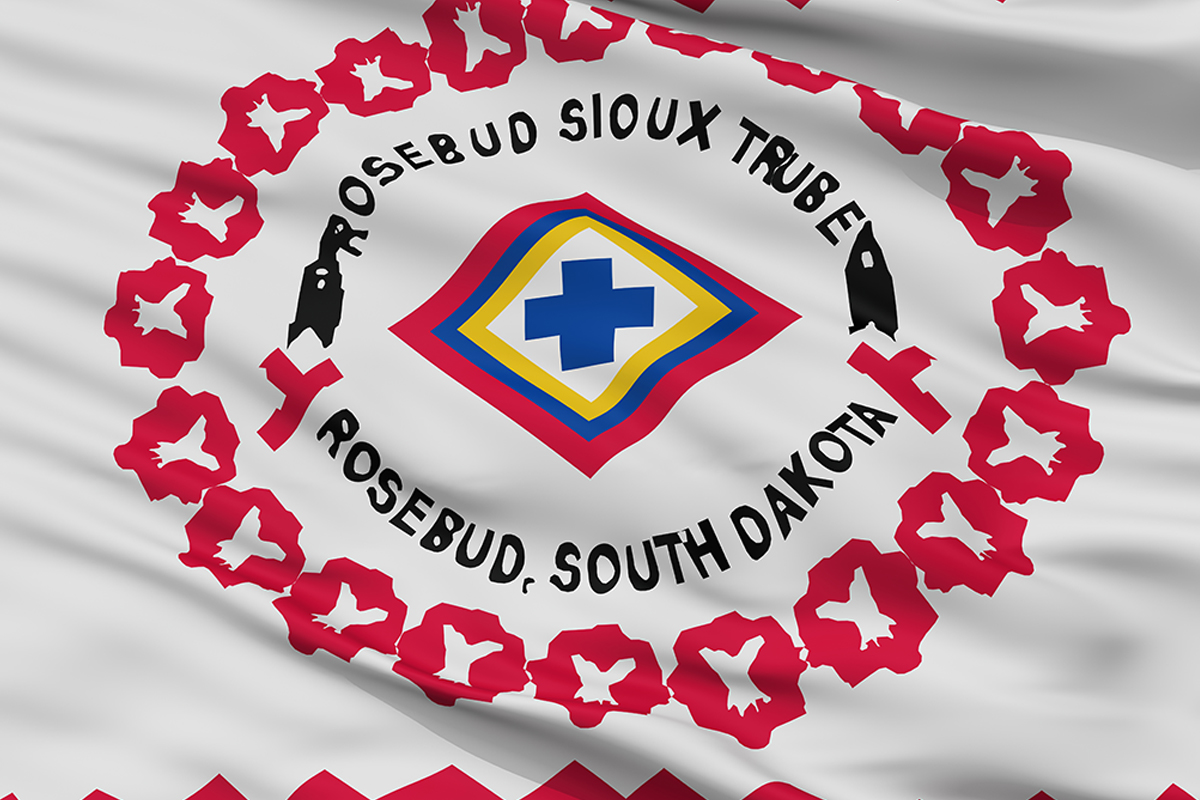The invisible rift between banks and Native American populations has long been overlooked. Dawson Her Many Horses, a proud member of the Rosebud Sioux Tribe of South Dakota, is one of the few to bridge this divide, serving as the head of Native American banking for Wells Fargo. His childhood experiences on the Rosebud Indian Reservation fueled his drive to advocate for financial inclusivity for Native American and Alaskan Native communities.
Growing up without many essential resources, Dawson Her Many Horses has dedicated his career in finance to serving Native American and Alaskan Native communities. His notable position as head of Native American banking at Wells Fargo has allowed him to push for more inclusivity and financial support for these communities.
Her Many Horses has highlighted the generational wealth gap, lack of economic data, and underinvestment tribal communities face. Wells Fargo’s active relationship with one out of three federally recognized tribes in the United States, accumulating $3.4 billion in credit commitments and $4.1 billion in deposits, is a testament to the potential profitability and significance of engaging with these communities.
Her Many Horses emphasizes that tribal members are part of Native nations, with tribes functioning similarly to governments. This unique status creates complexity in financial dealings and a subsequent lack of capital and data, leading to underinvestment. For example, tribal casinos, which contribute about 45% of all casino revenue in the U.S., are often run by tribal governments. This relationship and the revenue generated are often overlooked in mainstream media and financial reports.
The lack of economic data and understanding of the legal nuances of dealing with tribal communities has created a barrier for potential investors. Her Many Horses believes that increasing financial data, educating stakeholders, and sharing relevant information while protecting tribal confidentiality are vital steps to encourage investment in tribal housing, education, and healthcare.
While large national banks have played a role in supporting tribal communities, regional banks have become increasingly significant in serving these communities. The competition brought about by regional banks has resulted in more benefits, lower rates, and better structures for historically underserved tribes.
Furthermore, the underbanking of Native populations compared to the rest of the country has exacerbated the generational wealth gap. The lack of infrastructure and access to modern banking services in rural Native American communities has played a significant role in this disparity.
The road to financial inclusivity for Native American and Alaskan Native communities is paved with challenges and opportunities. Advocates like Dawson Her Many Horses, are crucial in bridging the gap between banks and these communities. By increasing economic data, understanding the unique legal status of tribes, and improving access to modern banking services, we can begin to chip away at the generational wealth gap and foster a more inclusive financial landscape for Native American populations.







